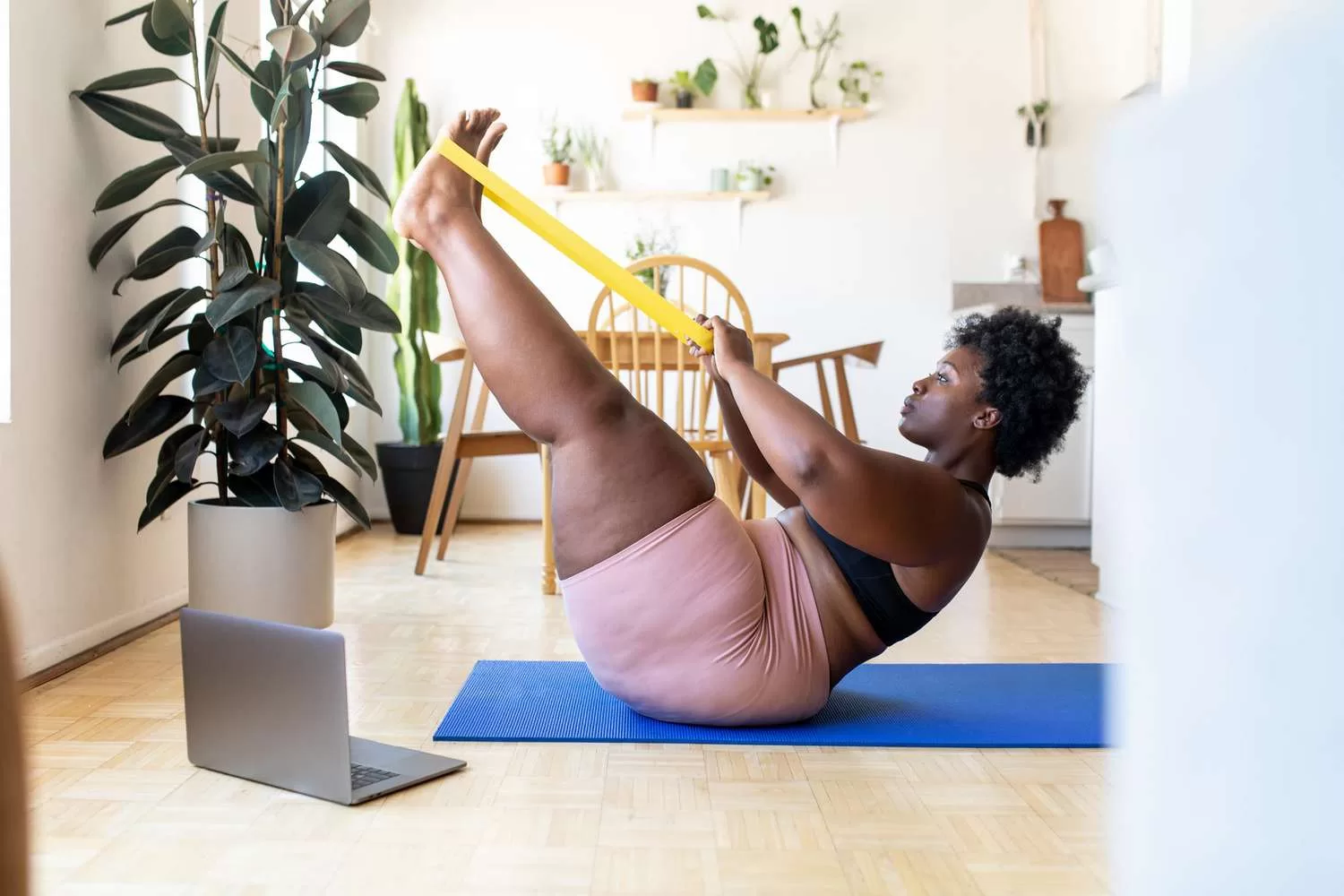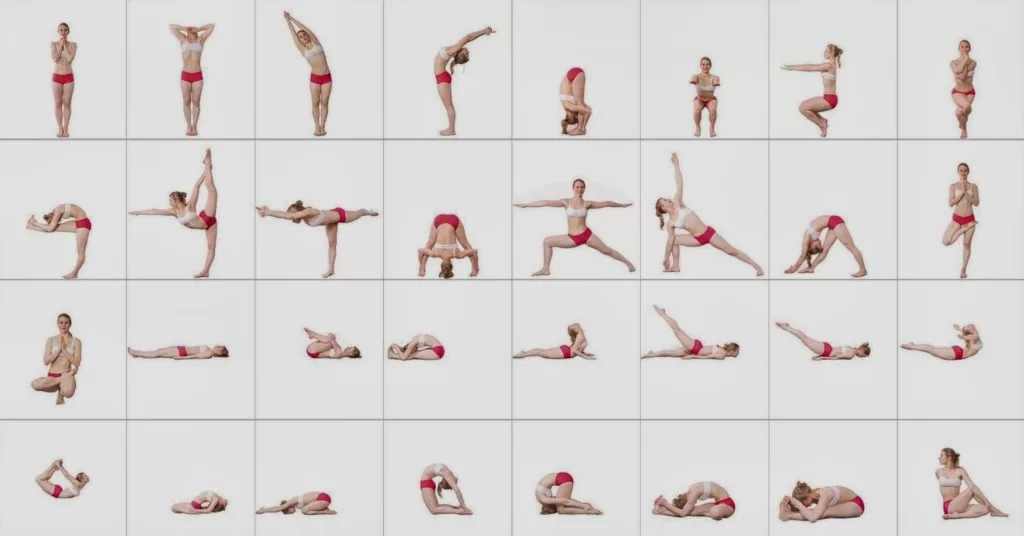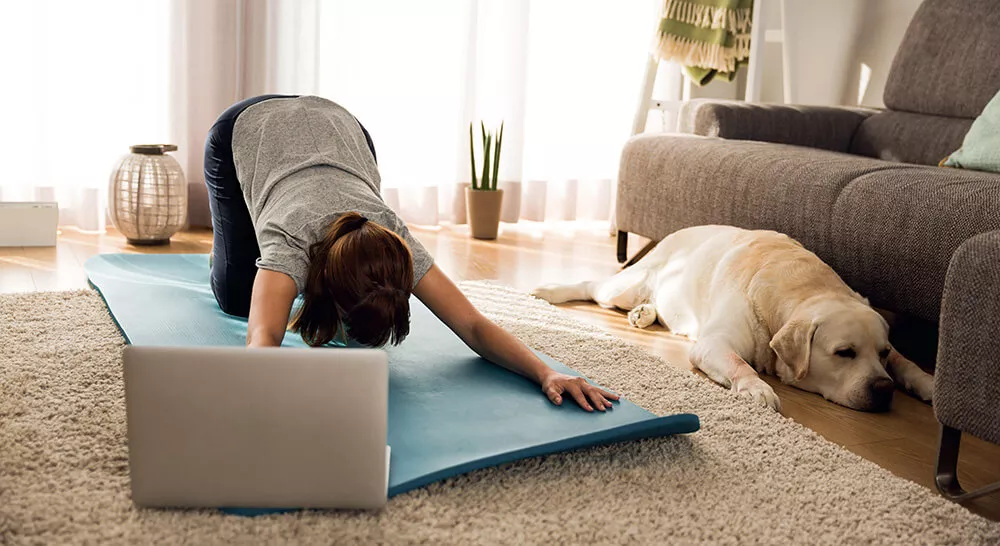
How Long To Hold Restorative Yoga Poses?
Restorative yoga is a type of yoga that focuses on relaxation and rejuvenation of the body and mind. It typically involves holding gentle poses for an extended period of time, allowing the body to fully relax and release tension. While the benefits of restorative yoga are numerous, many beginners wonder how long they should hold these poses to reap the maximum benefits.
The length of time to hold restorative yoga poses depends on several factors, including the individual’s experience level, physical limitations, and personal preferences. In general, poses can be held for anywhere from five to twenty minutes, but some practitioners may choose to hold poses for even longer. In this article, we’ll explore the benefits of restorative yoga, the different types of poses, and guidelines for how long to hold them.
How Long to Hold Restorative Yoga Poses?
Restorative yoga is a gentle form of yoga that focuses on relaxation and rejuvenation. It involves holding poses for an extended period of time, which allows the body to release tension and stress. But how long should you hold restorative yoga poses to get the most benefit? In this article, we will explore the ideal length of time to hold restorative yoga poses.
1. What is Restorative Yoga?
Restorative yoga is a form of yoga that focuses on relaxation and rejuvenation. It typically involves holding poses for several minutes with the support of props such as blankets, blocks, and bolsters. The goal is to achieve a deep state of relaxation, allowing the body to release tension and stress.
Benefits of Restorative Yoga
– Reduces stress and anxiety
– Improves sleep quality
– Increases flexibility and range of motion
– Boosts immune function
– Lowers blood pressure and heart rate
How Long to Hold Restorative Yoga Poses
The ideal length of time to hold restorative yoga poses is typically between 5-20 minutes. It is important to listen to your body and hold poses for as long as feels comfortable and sustainable. Beginners may start with shorter holds and gradually work up to longer holds as they become more comfortable.
2. Factors to Consider
The length of time to hold restorative yoga poses can vary depending on several factors, including:
Level of Experience
Beginners may need to start with shorter holds and gradually work up to longer holds as they become more comfortable and familiar with the poses.
Comfort Level
It is important to listen to your body and only hold poses for as long as feels comfortable and sustainable. Discomfort or pain is a sign to come out of the pose.
Physical Limitations
Individuals with physical limitations or injuries may need to modify poses or hold them for a shorter amount of time.
3. Poses and Hold Times
Here are some popular restorative yoga poses and their recommended hold times:
Supported Child’s Pose
This pose is great for releasing tension in the lower back and hips.
Hold time: 5-10 minutes
Supported Bridge Pose
This pose helps to relieve stress and tension in the back and shoulders.
Hold time: 5-10 minutes
Legs Up the Wall Pose
This pose is great for reducing swelling and fatigue in the legs.
Hold time: 10-15 minutes
Supported Fish Pose
This pose helps to open up the chest and release tension in the neck and shoulders.
Hold time: 5-10 minutes
Supported Reclining Bound Angle Pose
This pose helps to open up the hips and release tension in the lower back.
Hold time: 10-20 minutes
4. Conclusion
Restorative yoga can be a great way to reduce stress and tension in the body. Holding poses for an extended period of time allows the body to release tension and stress. The ideal length of time to hold restorative yoga poses is typically between 5-20 minutes, but it is important to listen to your body and only hold poses for as long as feels comfortable and sustainable.
Frequently Asked Questions
Restorative yoga is a gentle and calming practice that involves holding poses for extended periods. One of the most common questions that beginners have is how long they should hold each pose. Here are 5 questions and answers to help you understand how long to hold restorative yoga poses.
1. What is the recommended time to hold restorative yoga poses?
The recommended time to hold restorative yoga poses is usually between 5-20 minutes. However, the exact time can vary depending on the pose and your personal needs. Some poses may feel more comfortable for longer periods, while others may be more challenging to hold for more than a few minutes.
It’s important to listen to your body and not push yourself beyond your limits. If you feel any discomfort or pain, it’s best to come out of the pose and adjust as needed. Remember, restorative yoga is about finding ease and relaxation, not pushing yourself to your edge.
2. Should I use props to support my poses?
Yes, using props is an essential part of restorative yoga. Props such as blankets, bolsters, and blocks can help you achieve a comfortable and supported position, allowing you to relax and release tension. They can also help you stay in the pose for longer periods, allowing for deeper relaxation and restoration.
Experiment with different props to find what works best for you. You may find that you need more or fewer props depending on the pose and your body’s needs.
3. Can I hold restorative yoga poses for too long?
While restorative yoga poses are generally safe and gentle, holding them for too long can lead to discomfort or even injury. It’s important to listen to your body and come out of the pose if you feel any pain or discomfort.
As a general rule, it’s best to start with shorter hold times (around 5-10 minutes) and gradually increase as you become more comfortable and familiar with the poses. Remember, restorative yoga is not about pushing yourself to your limits but finding relaxation and ease.
4. How often should I practice restorative yoga?
Restorative yoga can be practiced as often as you like, depending on your personal needs and schedule. For some, a daily practice may be beneficial, while others may find once or twice a week to be sufficient.
It’s important to listen to your body and not force yourself to practice when you’re feeling tired or unwell. Restorative yoga is about finding rest and relaxation, so it’s important to honor your body’s needs and rest when needed.
5. Are there any contraindications for restorative yoga?
While restorative yoga is generally safe and accessible for most people, there are some contraindications to be aware of. If you have any medical conditions or injuries, it’s best to consult with your healthcare provider before practicing restorative yoga.
Some contraindications for restorative yoga include pregnancy, recent surgeries, osteoporosis, and acute injuries. It’s also important to avoid any poses that cause pain or discomfort and to modify as needed to suit your body’s needs.
3 Top Tips for Practicing Restorative Yoga
In the world of yoga, Restorative yoga has become increasingly popular due to its ability to balance the nervous system and promote deep relaxation. However, a common question that often arises is, how long should one hold Restorative yoga poses? While the answer may vary from person to person, it is essential to understand that the benefits of Restorative yoga come from holding the poses for an extended period.
The duration of holding Restorative yoga poses can be anywhere from 5 to 20 minutes, depending on your body’s needs and your level of comfort. It is essential to listen to your body and respect your limits. Holding the poses for too long can cause discomfort or even injury, while not holding them long enough may not provide the desired benefits. Therefore, it is recommended to start slow and gradually increase the duration of the poses as you become more comfortable and experienced. In conclusion, Restorative yoga is a wonderful practice that can help you reduce stress and improve your overall well-being. By holding the poses for an appropriate duration, you can experience the full benefits of this healing practice. Remember to listen to your body and enjoy the journey towards inner peace and tranquility.

